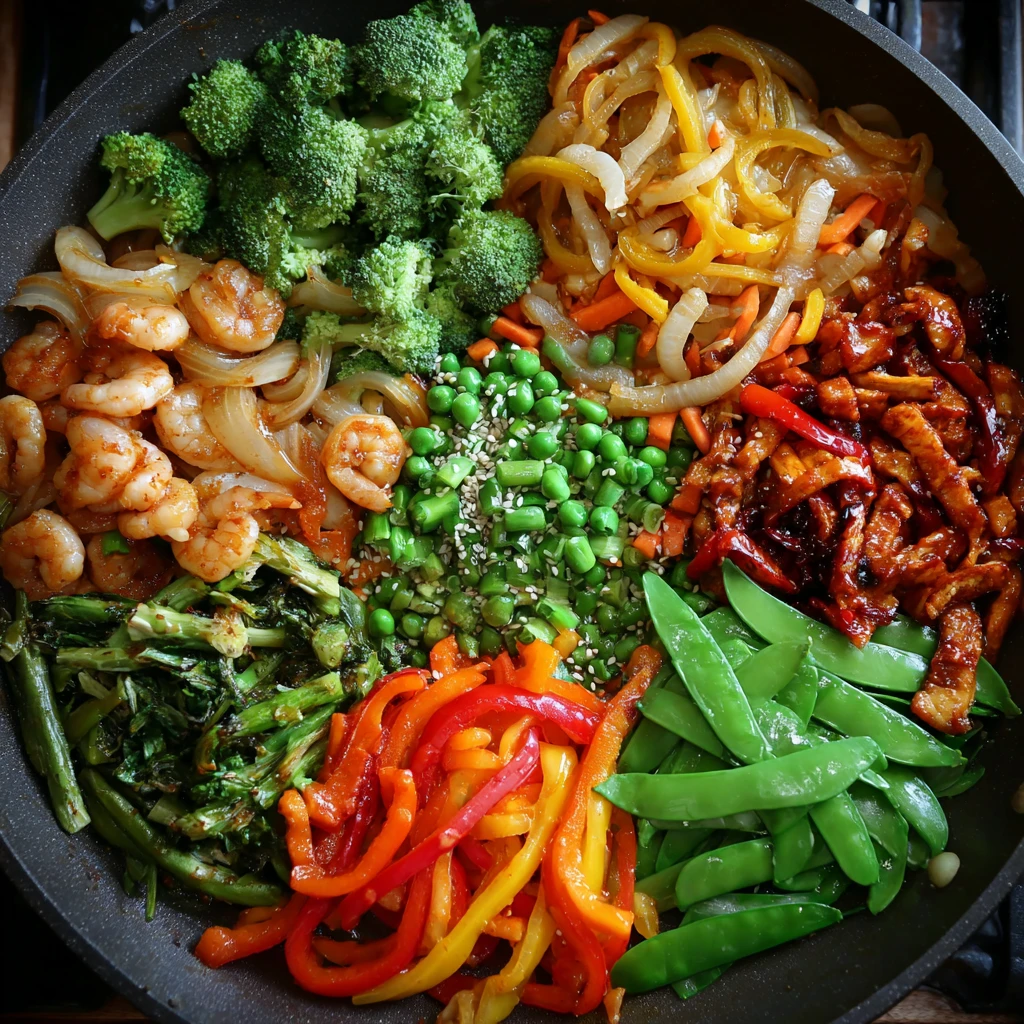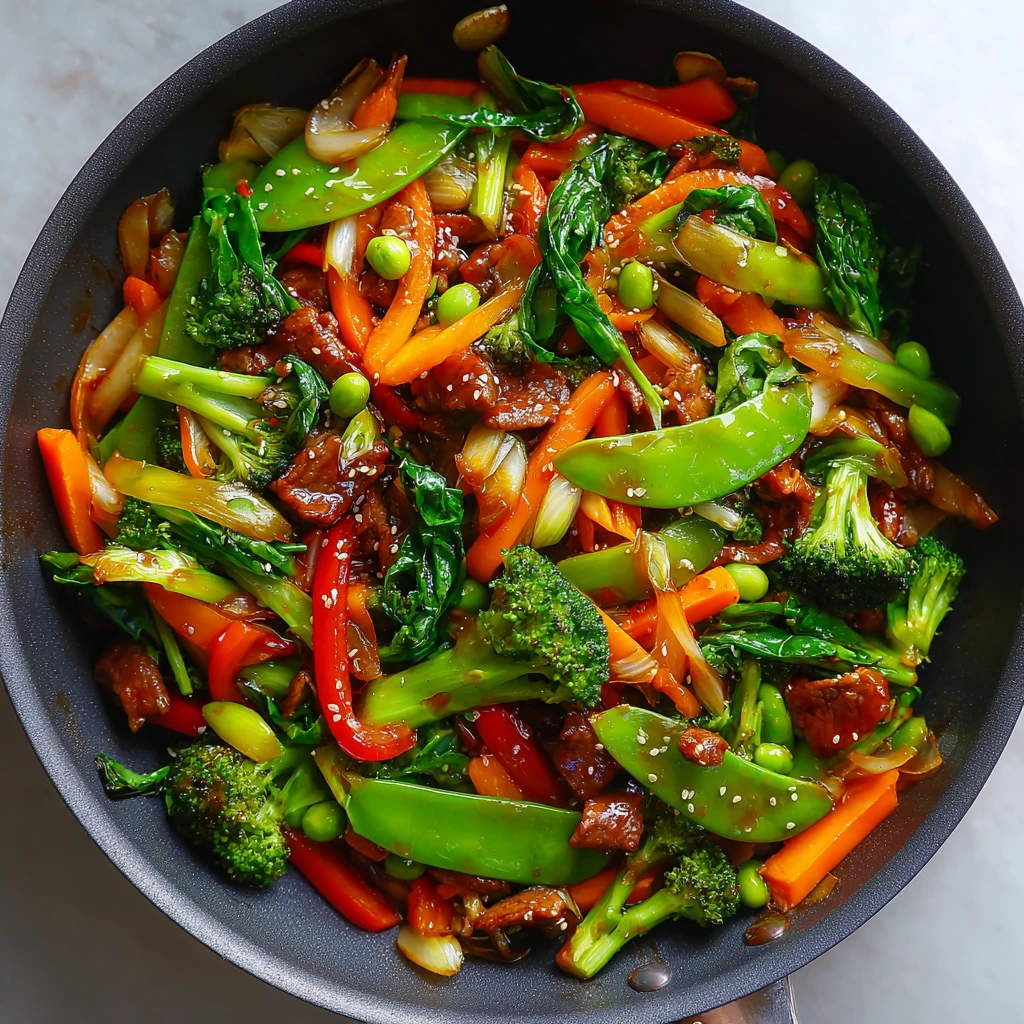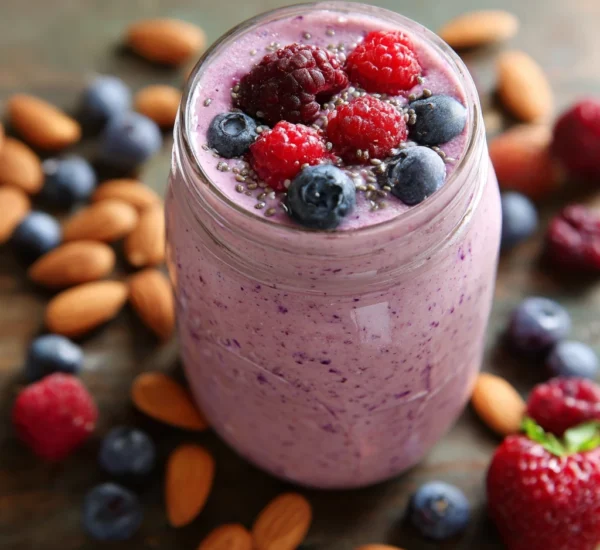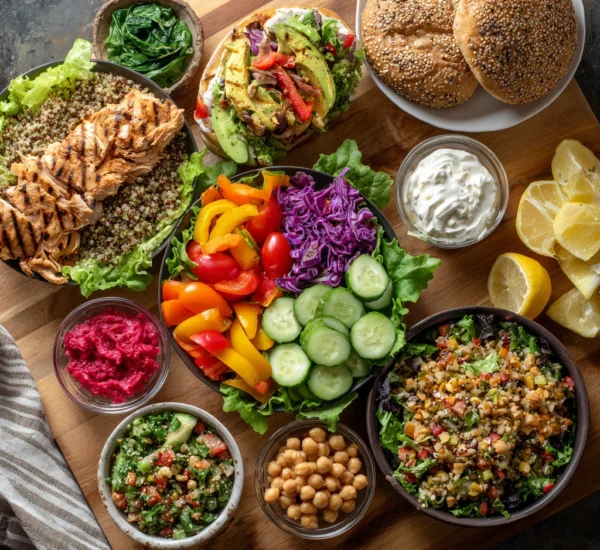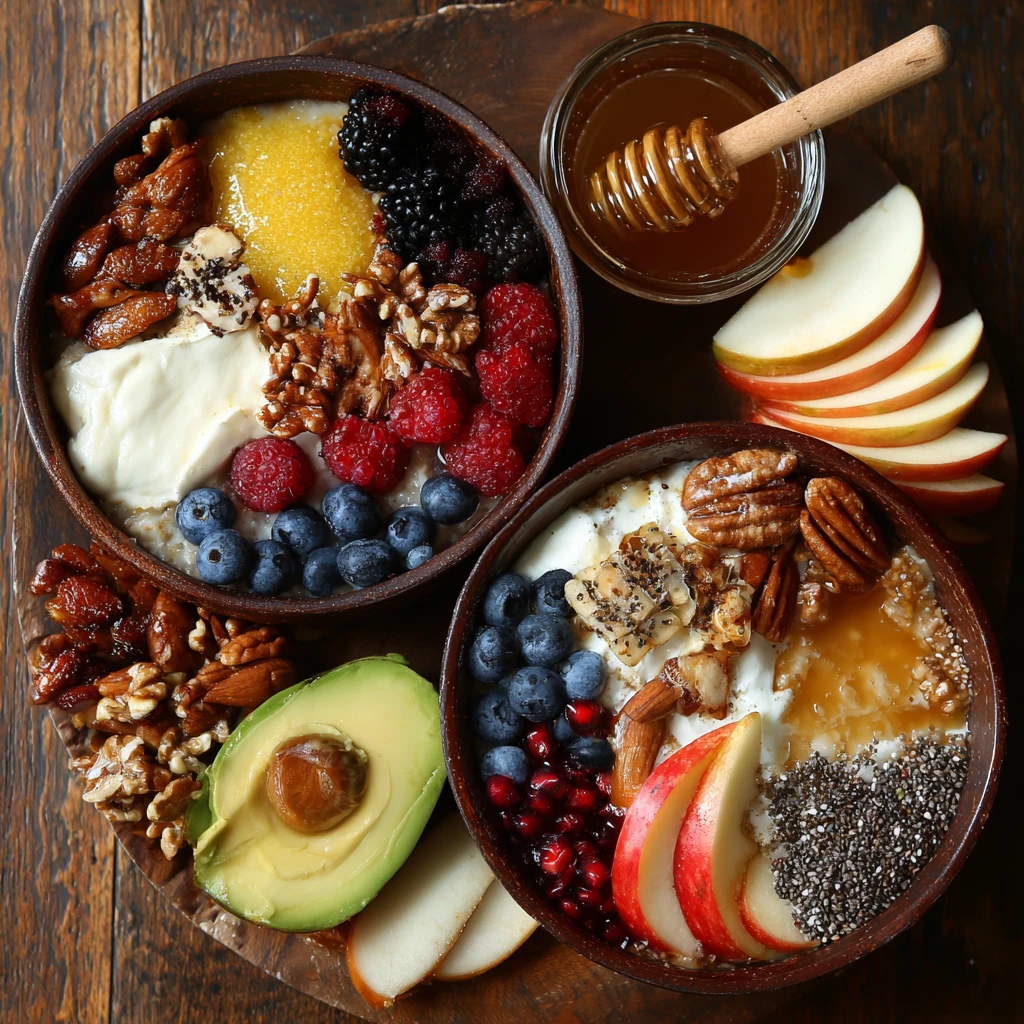Colorful Stir-Fries with Crisp Vegetables: A Guide to Vibrant and Delicious Meals
Stir-fries are a quick, healthy, and delicious way to get a vibrant meal on the table. They’re packed with colorful vegetables, lean protein, and flavorful sauces, making them a weeknight staple. This guide will explore the art of creating stunning and satisfying stir-fries with perfectly crisp vegetables.
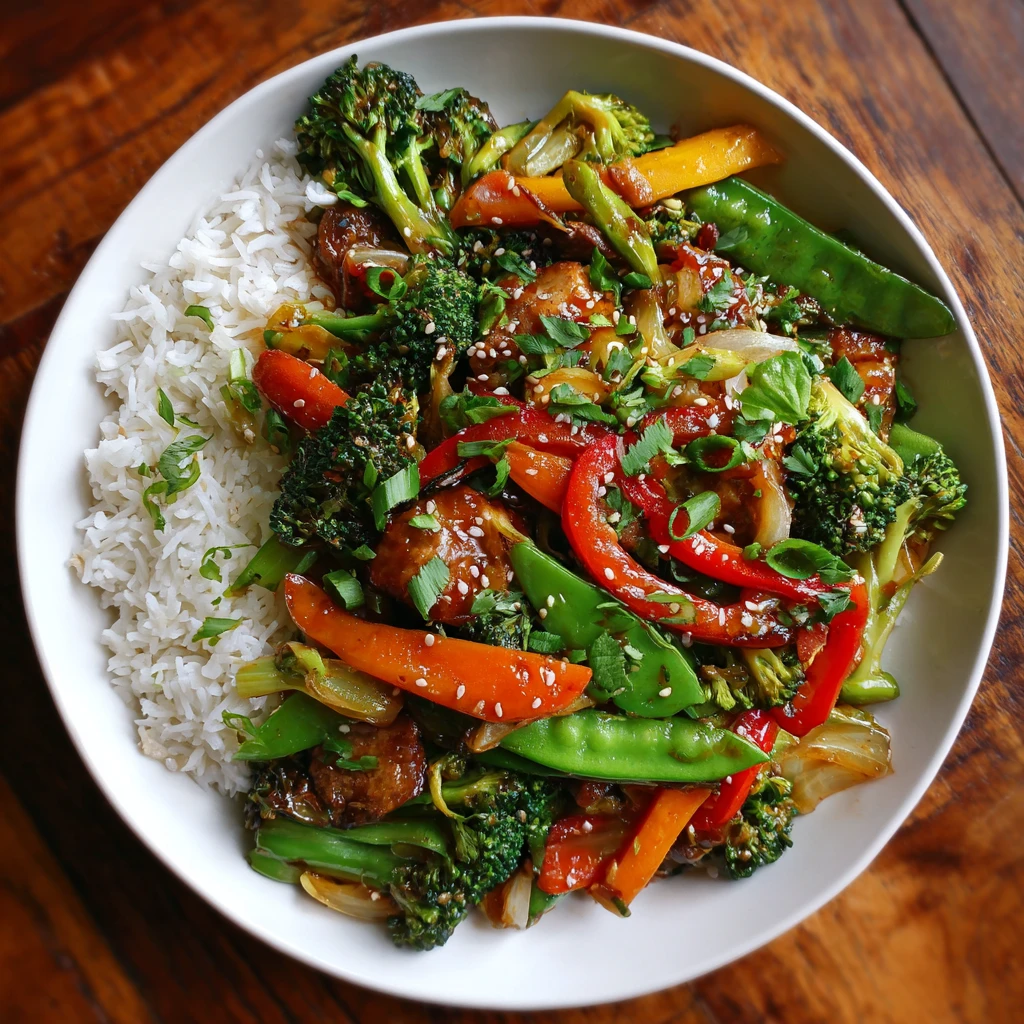
Mastering the Art of the Stir-Fry: Essential Techniques
The key to a fantastic stir-fry lies in a few essential techniques. Understanding these will elevate your stir-fries from average to exceptional.
The Right Wok and Heat
While a wok is ideal, a large skillet or even a cast-iron pan can work well. The important thing is ample surface area to allow the vegetables to cook evenly. High heat is crucial. It’s what gives stir-fries their signature smoky flavor and ensures the vegetables remain crisp. Preheat your wok or pan thoroughly before adding any oil.
Preparing Your Ingredients: Mise en Place
“Mise en place,” a French term meaning “everything in its place,” is vital. Chop all your vegetables, prepare your protein, and mix your sauce ingredients before you even turn on the stove. Stir-frying happens quickly, so having everything ready to go is essential. Chop vegetables into uniform sizes and shapes to ensure they cook evenly. For leafy greens, keep the stems separate from the leaves, as they’ll require different cooking times.
The Right Order of Cooking
The order in which you add ingredients to the wok matters. Typically, you’ll start with aromatics like garlic, ginger, and onions. Next, add your protein, cooking it until it’s almost done. Remove the protein and set it aside. Then, stir-fry your vegetables, starting with the ones that take the longest to cook, such as carrots or broccoli. Finally, add back the protein, pour in your sauce, and toss everything together until heated through.
Achieving Crisp-Tender Vegetables
Nobody wants soggy stir-fry vegetables. To achieve that perfect crisp-tender texture, avoid overcrowding the wok. Overcrowding lowers the temperature and steams the vegetables instead of stir-frying them. Work in batches if necessary. Also, don’t overcook the vegetables. They should still have a slight bite to them.
Choosing the Perfect Vegetables for a Colorful Stir-Fry
A vibrant stir-fry is a feast for the eyes as well as the taste buds. Selecting a variety of colorful vegetables not only enhances the visual appeal but also provides a range of nutrients.
A Rainbow of Options
Consider incorporating vegetables from across the color spectrum. Red bell peppers, carrots, and tomatoes offer sweetness and vitamins. Green vegetables like broccoli, spinach, bok choy, and snow peas provide freshness and fiber. Yellow bell peppers and corn add a touch of sunshine and sweetness. Purple cabbage and eggplant contribute visual interest and unique flavors.
Vegetable Textures and Cooking Times
Think about the different textures and cooking times of your chosen vegetables. Harder vegetables like carrots and broccoli should be added first, while softer vegetables like spinach and bean sprouts should be added towards the end. Leafy greens wilt quickly, so add them just before the sauce.
Seasonal Selections
Embrace seasonal vegetables for the freshest flavors and best prices. In the spring, asparagus and peas are excellent additions. Summer brings an abundance of peppers, tomatoes, and zucchini. Fall offers hearty options like Brussels sprouts and squash. Winter provides root vegetables like carrots and parsnips.
Flavorful Stir-Fry Sauces: The Key to Deliciousness
The sauce is what ties a stir-fry together, infusing the ingredients with flavor and creating a cohesive dish. Experiment with different sauces to find your favorites.
Classic Stir-Fry Sauce Ingredients
Many stir-fry sauces start with a base of soy sauce, providing saltiness and umami. Add sweetness with brown sugar, honey, or maple syrup. Incorporate acidity with rice vinegar or lime juice. For depth of flavor, use sesame oil, ginger, and garlic. A touch of chili garlic sauce or sriracha adds heat. Cornstarch helps thicken the sauce.
Asian-Inspired Sauces
- Soy Ginger: A simple and versatile sauce made with soy sauce, ginger, garlic, and a touch of brown sugar.
- Hoisin: A thick, sweet, and savory sauce with a slightly fermented flavor.
- Oyster Sauce: A rich and umami-packed sauce made from oyster extracts. (Note: vegetarian oyster sauce substitutes are available.)
- Teriyaki: A sweet and tangy sauce made with soy sauce, mirin, sake, and sugar.
Creating Your Own Signature Sauce
Don’t be afraid to experiment and create your own unique stir-fry sauce. Start with a base of soy sauce and then add ingredients that appeal to you. Consider adding peanut butter for a nutty flavor, fish sauce for extra umami, or coconut milk for creaminess. Taste and adjust the seasoning as you go.
Beyond Vegetables: Protein and Other Additions
While vegetables are the star of a colorful stir-fry, adding protein and other ingredients can make it a more complete and satisfying meal.
Protein Powerhouses
- Chicken: A classic and versatile choice that pairs well with almost any flavor profile.
- Beef: Opt for thinly sliced steak for quick and even cooking.
- Shrimp: Adds a delicate sweetness and cooks quickly.
- Tofu: A great vegetarian option that absorbs flavors well. Press the tofu before stir-frying to remove excess water.
- Edamame: Adds protein and a slightly nutty flavor.
Other Flavor Enhancers
- Nuts and Seeds: Add crunch and healthy fats. Consider toasted sesame seeds, peanuts, cashews, or almonds.
- Scallions: Provide a fresh, mild onion flavor.
- Cilantro: Adds a bright, herbaceous note.
- Rice Noodles or Rice: Serve your stir-fry over rice or noodles for a more substantial meal. Quinoa or other grains also work well.
- Eggs: Scrambled or fried eggs can be added for extra protein and richness.
Stir-Fry Recipes to Inspire You
Ready to put your newfound knowledge into practice? Here are a few stir-fry recipes to get you started.
Classic Chicken and Broccoli Stir-Fry
This is a great beginner-friendly recipe that’s easy to customize.
Ingredients:
- Chicken breast, cut into bite-sized pieces
- Broccoli florets
- Carrots, sliced
- Onion, chopped
- Garlic, minced
- Ginger, minced
- Soy sauce
- Brown sugar
- Rice vinegar
- Sesame oil
- Cornstarch
Instructions:
1. Marinate chicken in a mixture of soy sauce, cornstarch, and sesame oil.
2. Stir-fry chicken until cooked through. Remove from wok.
3. Stir-fry onion, garlic, and ginger until fragrant.
4. Add carrots and broccoli and stir-fry until crisp-tender.
5. Return chicken to the wok.
6. Pour in a sauce made from soy sauce, brown sugar, and rice vinegar.
7. Toss everything together until heated through and the sauce has thickened.
8. Serve over rice or noodles.
Tofu and Vegetable Stir-Fry with Peanut Sauce
A delicious and healthy vegetarian option.
Ingredients:
- Firm tofu, pressed and cubed
- Broccoli florets
- Bell peppers, sliced
- Snow peas
- Carrots, sliced
- Peanut butter
- Soy sauce
- Rice vinegar
- Honey
- Ginger, minced
- Garlic, minced
Instructions:
1. Stir-fry tofu until golden brown. Remove from wok.
2. Stir-fry broccoli, bell peppers, snow peas, and carrots until crisp-tender.
3. Return tofu to the wok.
4. Pour in a sauce made from peanut butter, soy sauce, rice vinegar, honey, ginger, and garlic.
5. Toss everything together until heated through and the sauce has thickened.
6. Garnish with chopped peanuts and scallions.
Shrimp and Asparagus Stir-Fry with Lemon-Garlic Sauce
A light and flavorful stir-fry perfect for spring.
Ingredients:
- Shrimp, peeled and deveined
- Asparagus, cut into bite-sized pieces
- Lemon juice
- Garlic, minced
- Olive oil
- Red pepper flakes
- Parsley, chopped
Instructions:
1. Stir-fry shrimp until pink and cooked through. Remove from wok.
2. Stir-fry asparagus until crisp-tender.
3. Return shrimp to the wok.
4. Pour in a sauce made from lemon juice, garlic, olive oil, and red pepper flakes.
5. Toss everything together until heated through.
6. Garnish with chopped parsley.
Frequently Asked Questions About Stir-Fries
What's the best oil to use for stir-frying?
Oils with high smoke points are best, such as vegetable oil, canola oil, peanut oil, or avocado oil.
How do I keep my vegetables from getting soggy in a stir-fry?
Use high heat, don’t overcrowd the wok, and don’t overcook the vegetables.
Can I prepare the vegetables ahead of time?
Yes, you can chop your vegetables ahead of time. Store them in the refrigerator in airtight containers.
How long does stir-fry last in the refrigerator?
Stir-fry can be stored in the refrigerator for up to 3-4 days.
What can I do with leftover stir-fry?
Leftover stir-fry can be reheated in a skillet or microwave. You can also add it to salads or use it as a filling for wraps.
How do I make a stir-fry vegetarian or vegan?
Substitute tofu or tempeh for meat. Use vegetable broth instead of chicken broth. Make sure your sauce is vegan-friendly (some oyster sauces contain fish).
Can I use frozen vegetables in a stir-fry?
Yes, you can use frozen vegetables, but they may not be as crisp as fresh vegetables. Thaw them slightly before adding them to the wok.
How do I prevent the sauce from becoming too watery?
Use cornstarch to thicken the sauce. Also, avoid adding too much liquid to the wok.
What if my wok is not big enough to cook all the ingredients at once?
Work in batches. Cook the ingredients in smaller portions and then combine them at the end.
How do I make a stir-fry healthier?
Use lean protein, load up on vegetables, and use a low-sodium sauce. Avoid adding too much oil.
